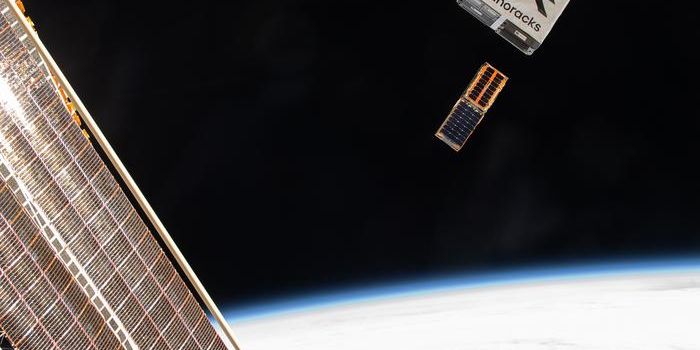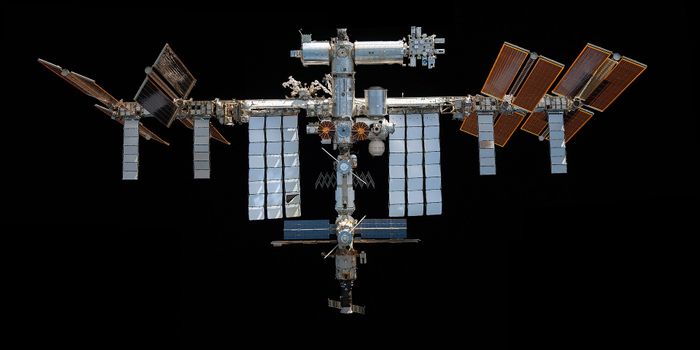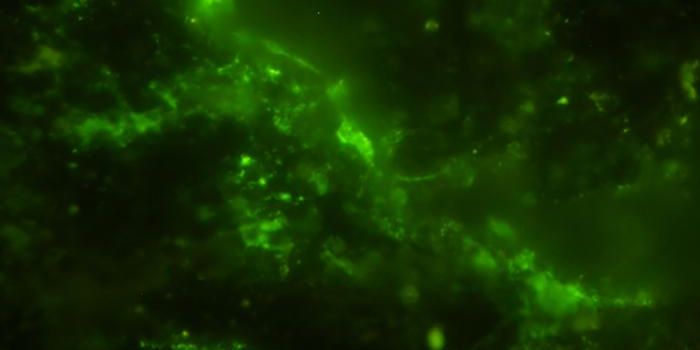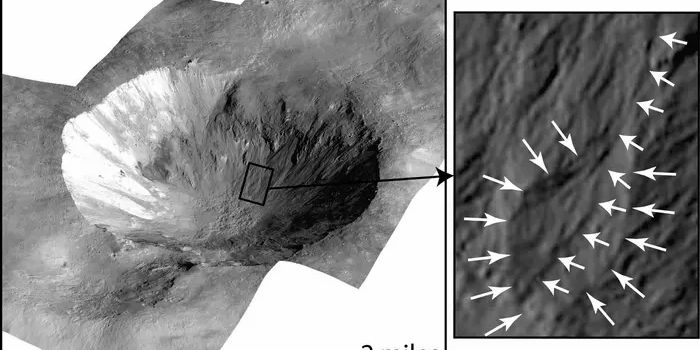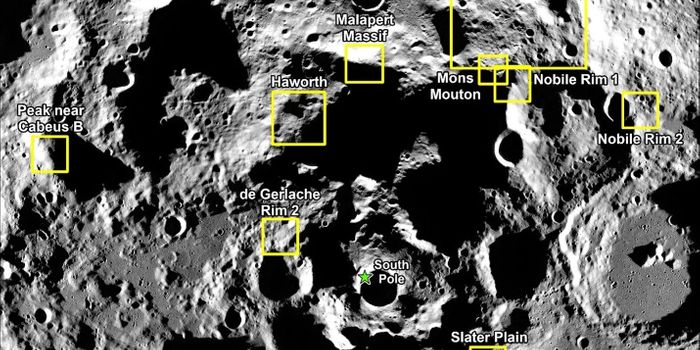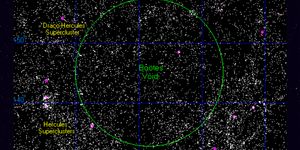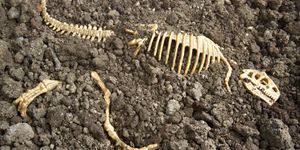NASA Prepares Van Allen Probes for the Final Phase of Their Mission
The Earth’s molten iron core manufactures strong magnetic fields that shield the Earth from space radiation, such as solar wind. After charged particles encounter the Earth’s magnetic field, they become trapped in the Van Allen radiation belts. Planetary scientists have long been intrigued by Earth’s Van Allen radiation belts, and so NASA launched its twin Van Allen Probes in August 2012 to learn more about them.
Image Credit: NASA Goddard's Scientific Visualization Studio
The twin spacecraft have amassed a treasure trove of information about the Earth’s Van Allen radiation belts over the past six and a half years – they’ve validated a multitude of theories and uncovered previously-unknown mechanisms surrounding their behavior. On the other hand, the probes will eventually run out of fuel, and that’s why NASA opted to move forward with the mission’s final phase of exploration starting this week.
A statement released just this week by the American space agency reveals that one of the Van Allen Probes will commence a sequence of orbit descent maneuvers on Tuesday, February 12th, a move that will bring the spacecraft’s perigee down from 375 miles above the Earth to just under 190 miles. The decision supports a plan to de-orbit the probes in about 15 years or so.
"In order for the Van Allen Probes to have a controlled re-entry within a reasonable amount of time, we need to lower the perigee," elucidated project manager Nelli Mosavi. "At the new altitude, aerodynamic drag will bring down the satellites and eventually burn them up in the upper atmosphere. Our mission is to obtain great science data, and also to ensure that we prevent more space debris, so the next generations have the opportunity to explore the space as well."
The altitude adjustment will require the use of the probes’ engines. NASA says they’ll burn five times for approximately two hours, using around 4.4 pounds of propellant per maneuver. At that rate, the probes should have just enough fuel leftover to maintain solar panel orientation for another year.
"We'll continue to operate and obtain new science in our new orbit until we are out of fuel, at which point we won't be able to point our solar panels at the Sun to power the spacecraft systems," Mosavi added.
Related: Do Earth's Van Allen radiation belts pose any risk to astronauts?
The statement goes on to explain that the timing of these descents is critical because both the spacecraft rotate as they orbit our planet. That said, the second of the Van Allen Probes will follow a similar procedure in March, reducing its perigee to prepare for a controlled re-entry into Earth’s atmosphere when the mission concludes.
As the Van Allen Probes approach their apogee, they operate in a hazardous region outside of Earth’s protective magnetic field and get bombarded by electrons and protons. For this reason, mission scientists didn’t expect the mission to last more than two years, and the fact that they’ve been operating for more than six years following the launch speaks to their resilience.
"The Van Allen Probes mission has done a tremendous job in characterizing the radiation belts and providing us with the comprehensive information needed to deduce what is going on in them," added mission scientist David Sibeck. "The very survival of these spacecraft and all their instruments, virtually unscathed, after all these years is an accomplishment and a lesson learned on how to design spacecraft."
Related: GTOSat could help NASA study Earth's Van Allen radiation belts
As the Van Allen Probes continue the final phase of their mission, they’ll keep collecting data until there’s no fuel left to sustain them, after which friction and gravity will take over, slowing their orbit and gradually pulling them closer to Earth’s atmosphere until they fall and burn up on re-entry.
It’s bittersweet that such a successful mission is nearing its end, but scientists have learned so much from the Van Allen probes that anyone would agree it was worth the while.
Source: NASA


